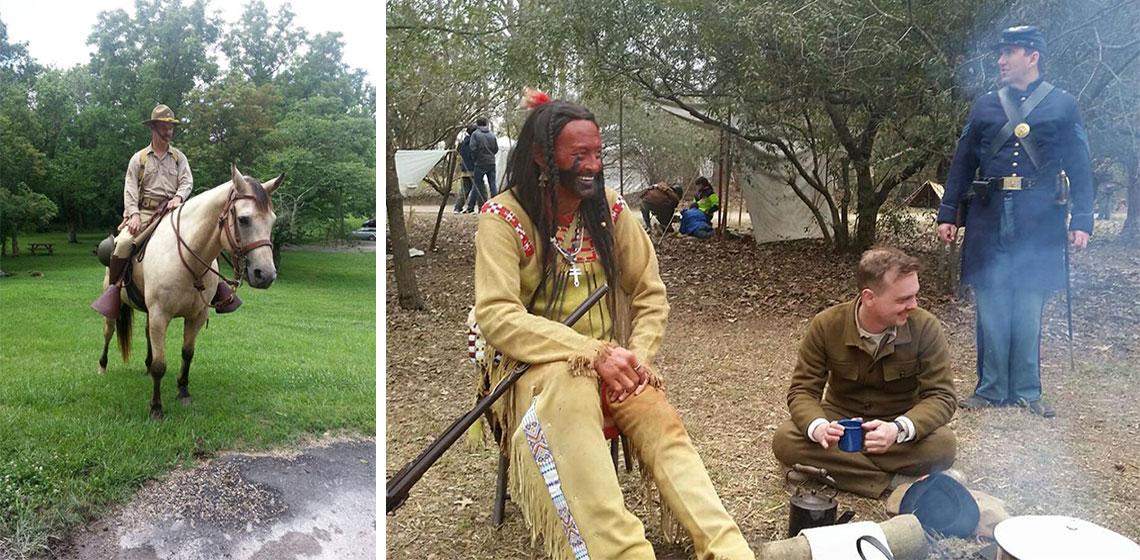In recent years, the popularity of real-life story documentaries has surged, captivating audiences with their compelling narratives and factual storytelling. As filmmakers strive to engage viewers while remaining true to the essence of real events, the inclusion of reenactments has emerged as a contentious topic. These dramatized sequences can enhance understanding and emotional resonance, yet they also raise questions about authenticity and viewer perception. This article delves into the debate surrounding reenactments in documentaries, examining their potential benefits and drawbacks, and exploring whether they enhance or detract from the integrity of true-story narratives.
Examining the Role of Reenactments in Documentary Storytelling
Incorporating reenactments into documentary storytelling can serve as a powerful tool for engaging audiences and conveying complex narratives. Reenactments allow filmmakers to fill gaps in the historical record, breathe life into past events, and provide visual context that may be absent from archival footage. This approach can create a more immersive experience, making abstract or distant events more relatable and tangible for viewers.
- Enhanced Engagement: Reenactments can captivate audiences, maintaining their interest by adding dramatic flair to the storytelling process.
- Clarification of Events: They help clarify and simplify intricate stories, making them more accessible and understandable.
- Emotional Resonance: By dramatizing real-life events, reenactments can evoke stronger emotional responses, fostering a deeper connection with the subject matter.
However, it’s crucial for documentarians to balance dramatization with factual integrity. Over-reliance on reenactments may risk blurring the line between reality and fiction, potentially misleading viewers. Therefore, transparency about their use and a commitment to authenticity are essential in maintaining the credibility of the documentary format.

Balancing Authenticity and Engagement in Real-Life Narratives
Incorporating reenactments into real-life story documentaries can be a double-edged sword. On one hand, they offer a visual and emotional depth that can enhance viewer engagement. By dramatizing key events, filmmakers can create a more immersive experience, allowing audiences to feel the tension and emotion of pivotal moments. Reenactments can:
- Illustrate complex scenarios that might be difficult to convey through interviews alone.
- Provide visual context that complements archival footage or scarce visual resources.
On the other hand, the use of reenactments raises questions about authenticity. When creative liberties are taken, it can blur the line between fact and fiction, potentially leading viewers to question the credibility of the narrative. Concerns include:
- Misrepresentation of events due to artistic interpretation.
- Potential bias introduced by selective dramatization.
Ultimately, the challenge lies in striking a balance where reenactments serve to clarify and enhance the story without overshadowing the factual integrity of the documentary.

The Impact of Reenactments on Audience Perception
Reenactments in documentaries can significantly shape how audiences perceive real-life stories. By dramatizing events, filmmakers offer a tangible visualization that can enhance understanding and engagement. However, this approach can also blur the lines between fact and fiction, leading to potential misinterpretations. Visual storytelling through reenactments can elicit strong emotional responses, but it’s crucial for viewers to discern between actual footage and dramatized scenes to maintain a factual perspective.
- Enhanced Engagement: Reenactments can captivate viewers by bringing historical or complex events to life.
- Potential Bias: The dramatization may introduce subjective elements, influencing how the story is perceived.
- Clarification Needs: Clear distinctions between factual content and reenactments are essential to prevent confusion.
Ultimately, the impact on audience perception hinges on how transparently reenactments are integrated and whether they serve to illuminate or obscure the truth. Balancing artistic expression with factual integrity is key to maintaining credibility in documentary storytelling.

Guidelines for Integrating Reenactments in Documentaries
When considering the inclusion of reenactments in documentaries, it’s essential to maintain a balance between artistic expression and factual integrity. Authenticity should be at the forefront, ensuring that any dramatization aligns with the true events. Here are some guidelines to consider:
- Transparency: Clearly distinguish reenactments from original footage. Use captions or visual cues to inform viewers.
- Accuracy: Base reenactments on verified information. Avoid embellishing details that could mislead the audience.
- Respect for Subjects: Handle sensitive topics with care, respecting the privacy and dignity of those involved.
- Contextualization: Provide sufficient background to ensure the reenactments enhance understanding rather than create confusion.
By following these principles, filmmakers can use reenactments to enrich storytelling while maintaining credibility and viewer trust.



